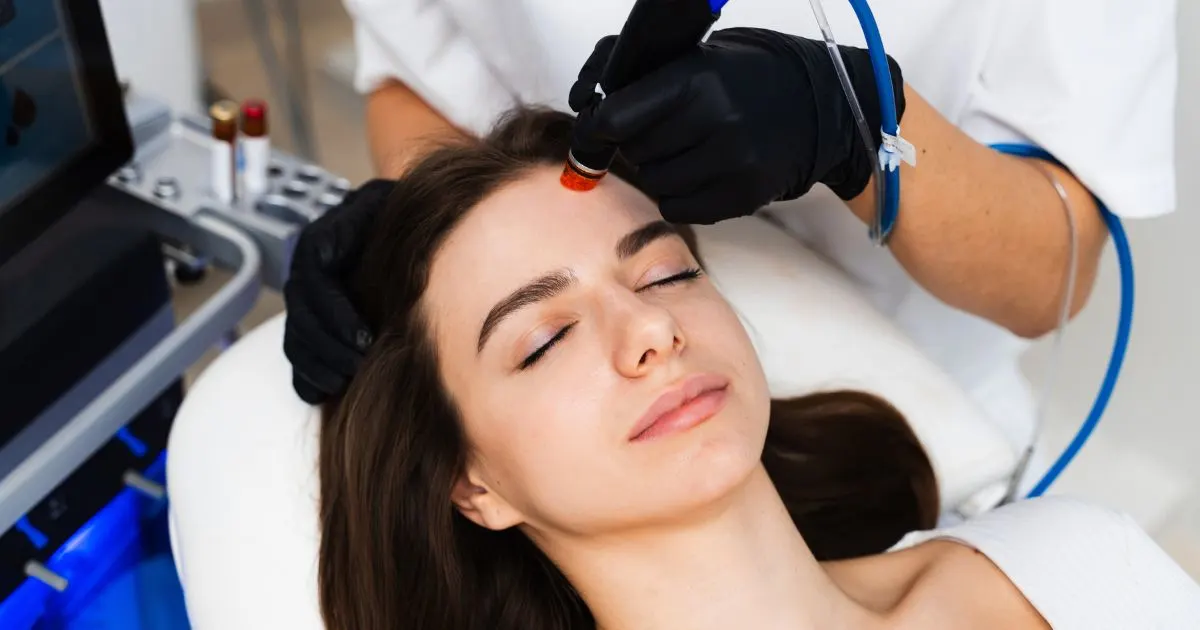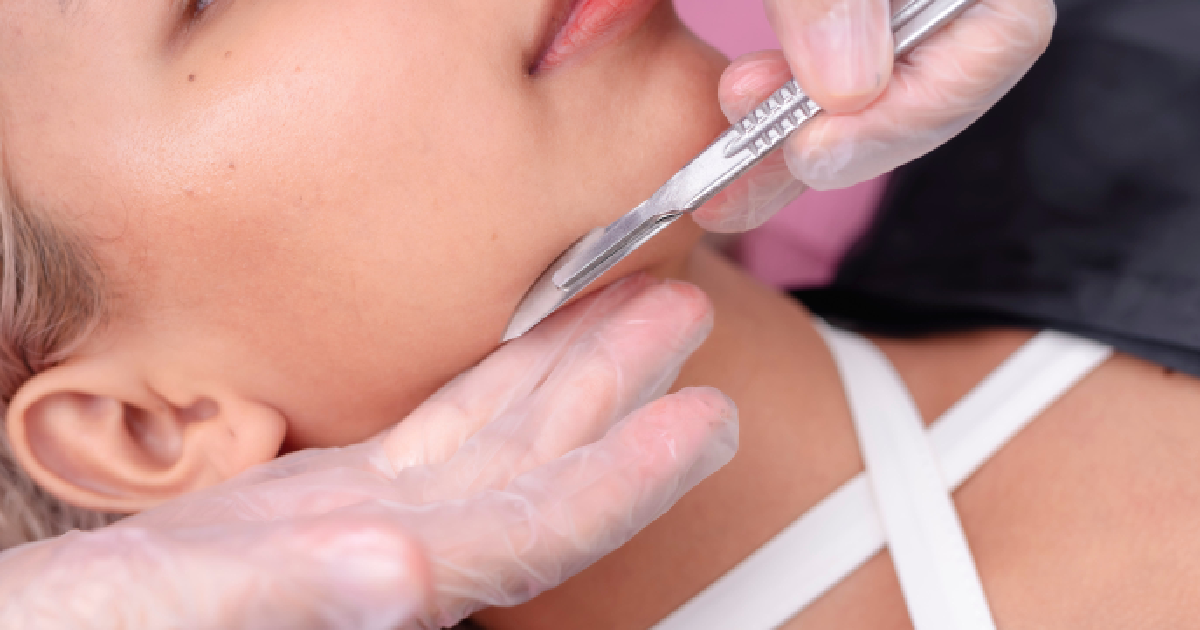Liposuction performed at our clinic is based on principles taught by Dr. Jeffrey Klein, who pioneered the in-office liposuction technique. Dr. Klein has been teaching these techniques to dermatological and plastic surgeons since the 1980s. Dr. Kamran Afzal of Afzal Clinics in Fridley and Edina, MN, was personally trained by Dr. Klein. Our board-certified doctors and RNs work to improve their techniques on a daily basis, leading to better results and safer procedures.
What is Liposuction?
Liposuction is a surgical procedure that removes excess fatty tissue from areas of the body, including the abdomen, buttocks, thighs, and arms. A thin tube called a cannula is inserted through a small incision to break up and remove fat cells using suction.
At Afzal Clinics, we use cannulas that are smaller than the ones used for laser liposuction, Smartlipo®, VASERlipo®, and tickle liposuction. With smaller cannulas, you will notice:
- Less discomfort
- Little or no scarring
- A quick recovery
- Smoother results
The Benefits of Being an Afzal Clinics Patient
There are many advantages to choosing Afzal Clinics for your liposuction experience:
- Local Anesthesia: We use local anesthesia right in our office, whereas many surgical centers use general anesthesia, which leads to a longer recovery.
- Fast Recovery: Our patients experience fast recovery, and many return to work the next day.
- Permanent Results: The results are permanent because we remove fat cells during the surgery.
- Safety: In-office liposuction is safer than laser liposuction.
- No Hidden Fees: We will not surprise you with hidden fees. You will meet your doctor and nurse on the first visit, and they will walk you through every step.
- Other Body Contouring Procedures: We also offer other body contouring procedures, such as CoolSculpting®, to help you achieve your aesthetic ideals.
Case Study: Liposuction of the Outer Thighs
The outer thighs can simultaneously be one of the easiest and most difficult areas to treat. Our patients generally have one thing in common: they have always had larger thighs.
The position of the patient during the procedure is crucial. If the patient is not positioned correctly, it can leave a divot in the patient’s lateral thigh that may be visible from the front. However, none of this is true for this patient; she was thrilled with her results.
- Photos: Since the photos below were taken only a week apart, there is still some noticeable swelling in the left thigh just above the knee, and there is still some bruising present.
- Healing: All of the bruising should fade in about three weeks. The incision scars are very small, and you can barely see one or two marks on each thigh. These marks will fade as the skin heals.
In-Office Liposuction vs. Liposuction in a Surgical Center
Liposuction is designed to reduce fat in targeted areas of the body (abdomen, flanks, waist). When trying to figure out options for liposuction, there are several things to consider, which we will cover here.
Liposuction is often performed in a surgical center or the hospital using conscious sedation or general anesthesia in addition to local anesthesia in the treatment area. However, there is no reason to get liposuction in a surgical suite or hospital unless other procedures are combined with it. Liposuction performed in a surgical center or hospital under conscious sedation or general anesthesia carries a higher risk of complications and injury. Liposuction performed in the office under local anesthesia is safer and just as effective for most patients.
Key Considerations for In-Office Liposuction:
Discomfort Before Discharge: When liposuction is done under local anesthesia, the patient may feel some discomfort before discharge, which may not be the case if the procedure is done using sedation or general anesthesia.
Increased Safety: When the patient is awake and alert, the procedure is safer because, for example, if the doctor were to hit the abdominal wall, the patient would feel pain and let the doctor know.
Faster Discharge: After liposuction in a clinic, patients can get up and go home. Patients undergoing liposuction in the hospital or under conscious sedation have to wait for two to three hours for the sedation to subside before they can leave.
Risk of Lidocaine Toxicity: Lidocaine toxicity can cause nausea, and lidocaine is used in any liposuction procedure. Because conscious sedation can also cause nausea, it may be difficult to assess if the patient is nauseous due to a lidocaine overdose (which can be life-threatening) or as a natural reaction to sedation or general anesthesia.






